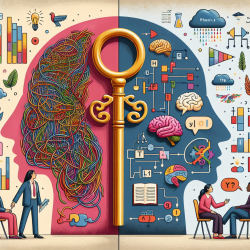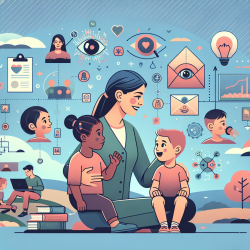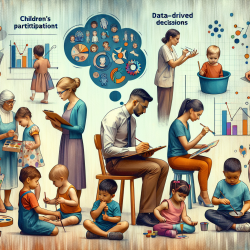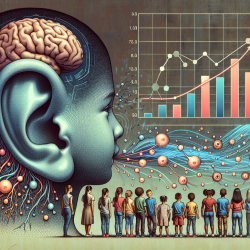Introduction
The tragic events of September 11, 2001, left an indelible mark on the world, with far-reaching implications for mental health. The study titled "Characterizing Mental Health Treatment Utilization among Individuals Exposed to the 2001 World Trade Center Terrorist Attacks 14–15 Years Post-Disaster" provides a comprehensive analysis of mental health treatment patterns among those affected. As practitioners dedicated to improving outcomes for children and communities, understanding these patterns can guide us in making data-driven decisions to better support those in need.
Understanding Mental Health Treatment Utilization
The research utilized data from the World Trade Center Health Registry, which tracked over 35,000 individuals exposed to the attacks. It revealed that 37.7% of enrollees sought counseling at some point after 9/11. The study identified several predictors of seeking counseling, including race/ethnicity, age at the time of the attacks, education level, and exposure to the events. Notably, children at the time of 9/11 and those with high exposure levels sought counseling sooner.
Implications for Practitioners
For practitioners, these findings underscore the importance of early intervention and targeted support. Here are some actionable insights:
- Early Intervention: Children exposed to traumatic events benefit significantly from early counseling. Implementing school-based programs can facilitate timely support.
- Culturally Competent Care: The study highlights disparities in treatment utilization among racial and ethnic groups. Practitioners should strive to offer culturally sensitive services to bridge these gaps.
- Long-term Support: Mental health needs evolve over time. Continuous engagement and follow-up can ensure sustained support for affected individuals.
Encouraging Further Research
While this study provides valuable insights, it also opens avenues for further research. Understanding the barriers to mental health service utilization, particularly among minority groups, can inform more effective outreach strategies. Additionally, exploring the impact of teletherapy, such as services provided by TinyEYE, could offer innovative solutions for overcoming geographical and logistical barriers to care.
Conclusion
The data-driven insights from this research highlight the critical role of mental health services in post-disaster recovery. By leveraging these findings, practitioners can enhance their therapeutic approaches, ensuring that children and communities receive the support they need to heal and thrive. For those interested in delving deeper into the study, the original research paper is available for further reading.
To read the original research paper, please follow this link: Characterizing Mental Health Treatment Utilization among Individuals Exposed to the 2001 World Trade Center Terrorist Attacks 14–15 Years Post-Disaster.










